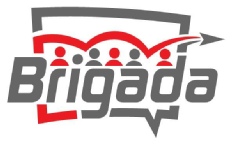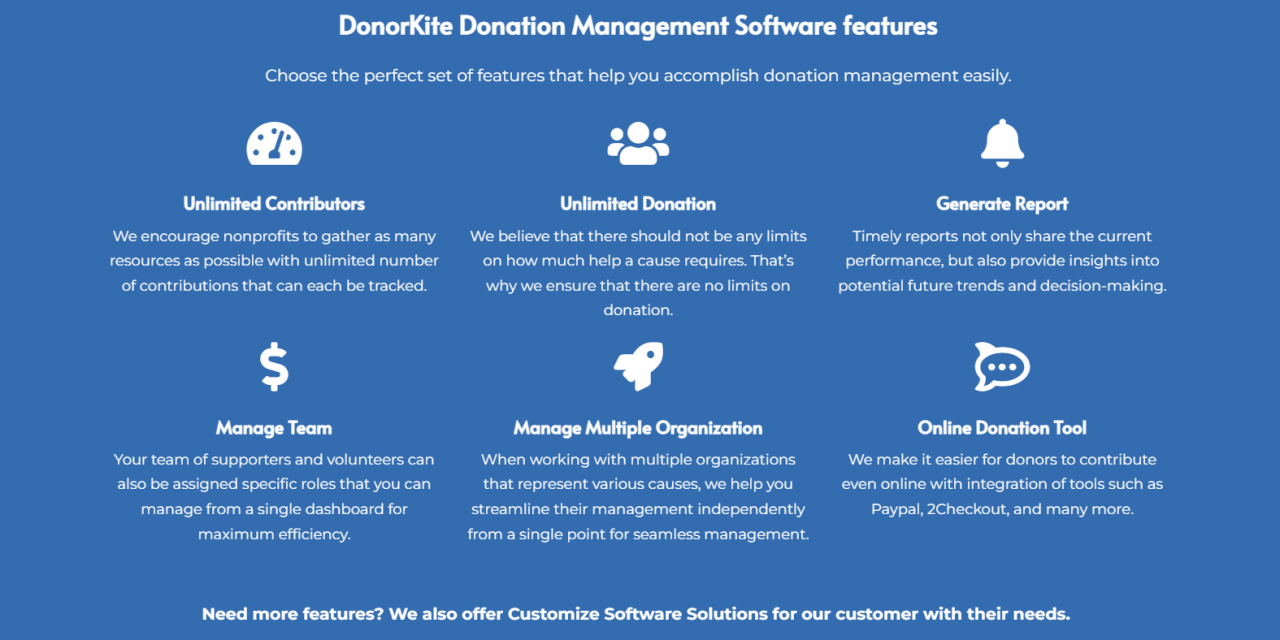Not all donation tracking and management requirements are equal. DonorKite seeks to empower you with the right set of solutions to accomplish your goals in the most efficient, cost-effective manner possible so you can deliver maximum impact. They attempt to provide complete donation management software that empowers churches, charities, and non-profit organizations to track every single donation that they receive and maintain digital records. Click here to learn more: www.donorkite.com (Note: Have you ever used DonorKite? If so, we’d be interested in your take. Just click “comment” to share your own opinion on their services.)













Need to partner with you so that I can lean more
“Not all donation tracking and management requirements are equal. ” can’t be emphasized strongly enough. I’ve never heard of DonorKite, so I can’t comment on it directly, but I can make some more generalized comments.
Within missions orgs, there is a tremendous amount of diversity of how donation handling is done, and it is remarkable of how difficult it is to get a satisfactory donation management system in place. The reality is that in a majority of organizations, relatively few are especially with what they have (both managers and users), and I’m becoming convinced that the only people who really like their systems are the people who not only did the work of selecting the system, but have had paid-for training from the vendor. Not only initial training at system installation, but ongoing refresher training in following years. I’ve found that in too many orgs, they do training at initial installation, but nothing more, and by the time that 3 or 4 years has gone by, there has been enough staff turnover that few of the people who received original training are no longer there (often including the managers who made the selection), but that a majority of current users’ training is limited to word-of-mouth user-to-user training, and often multiple generations removed from the initial users.
In far too many orgs, top management is asking “what is everybody else doing, and why don’t we do that?” an the answer is frequently that in other orgs, top management is also asking “what is everybody else doing?” Unfortunately, there is no market oligarchy of only a small number of vendors that a majority of orgs is using. There is simply too much diversity out there.
For me, the description of “churches, charities, and non-profit organizations” is a significant red flag, because each of those has very different donor handling needs and methodologies. Churches might be able to overlap some with other non-profits, but they often don’t do it well. Missions is an entirely different beast, at least the for the missions that require their staff members to do their own fund-raising. In secular non-profits, fund-raising is normally centralized, where there is only a few funds, and recipients of funding are normally unconnected to donors. Missions is entirely different, where there are individual funds for each worker, and where payroll for each worker is directly connected to those funds. And where the bulk of interaction with donors comes from the individual worker. In this view, a system that is originally designed for centralized fund-raising will probably not work well for a mission where workers are doing their own fund-raising in the name of the mission, at least not without a lot of customization work. In particular, workers need the ability of seeing their own donation flows, but without seeing the donations of others. If a system isn’t designed for that kind of activity from the beginning, adding it on the side frequently doesn’t work well.